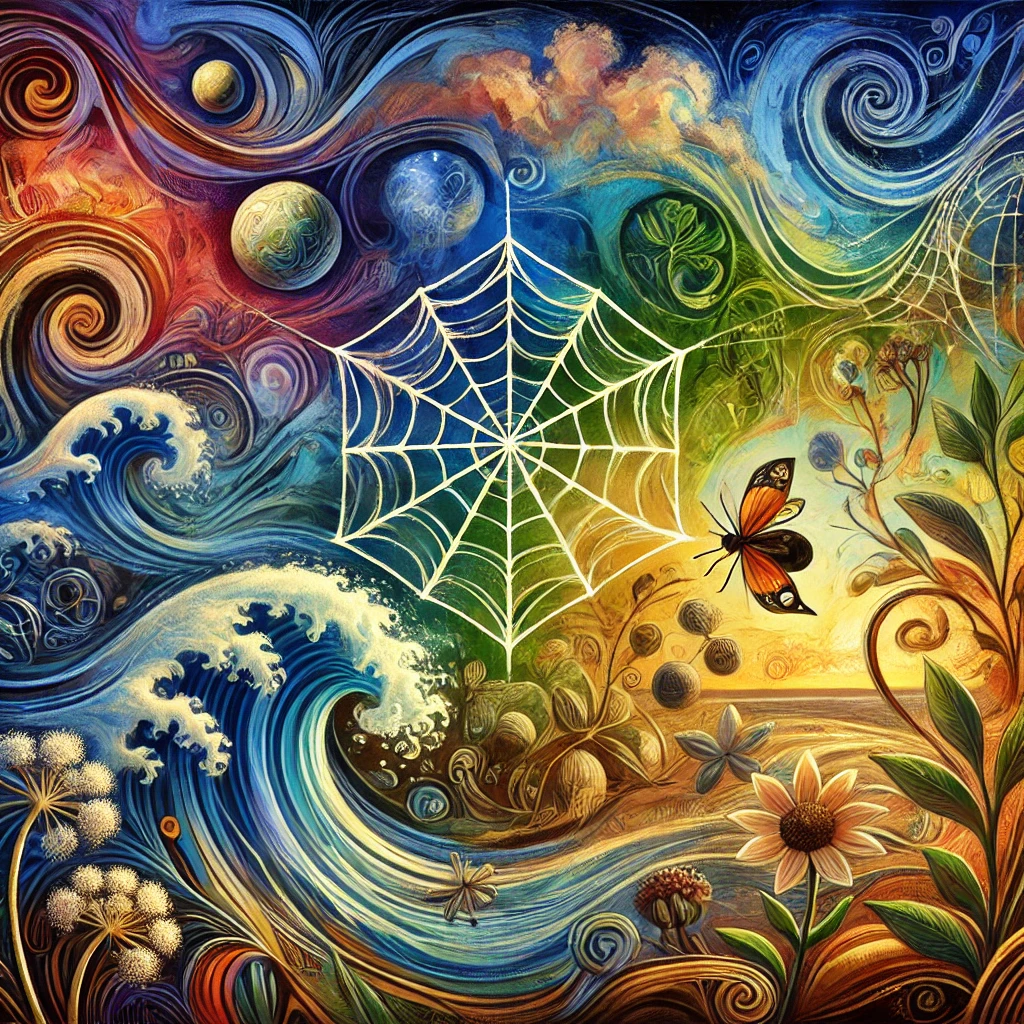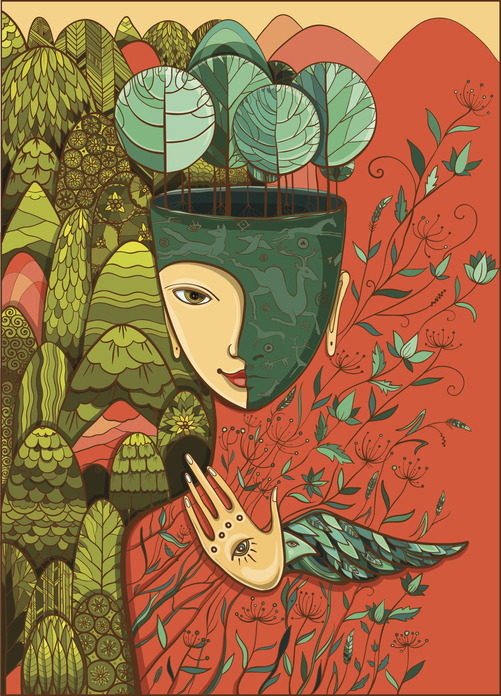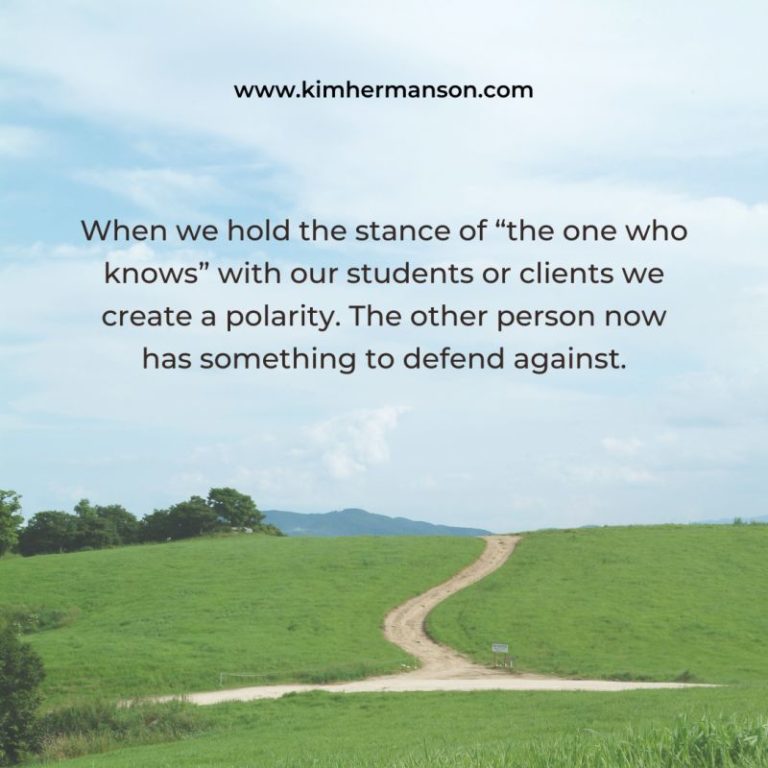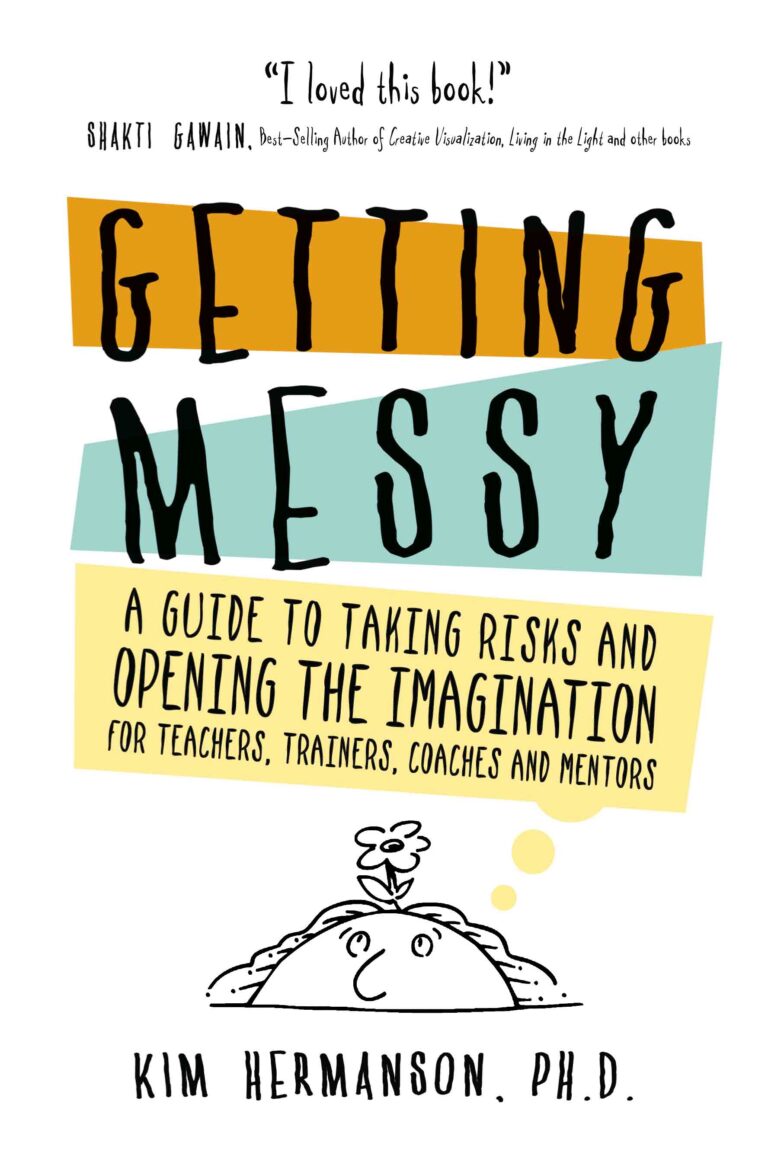Discovering your Key image: The heart of creative inspiration

There was a child went forth every day.
And the first object he looks upon, that object he became.
–Walt Whitman
The late poet Stanley Kunitz believed that writers often have a “key image” that threads through their work, shaping their creative journey. He suggested that writers might spend an entire lifetime exploring a single key image, one rich enough to hold the deep mystery of the creative unknown.
One example he gave was E.B. White, who, as a child, was captivated by the intricate patterns of spider webs. This fascination eventually inspired Charlotte’s Web, one of the most beloved children’s books of all time. Similarly, John O’Donohue echoes this in his book Beauty:
“In the end, every artist is haunted by a few central themes. Again and again, they return to the threshold of that disturbance and endeavour to excavate something new.”
Key Images Beyond Art
From my work with people, I’ve seen that key images aren’t limited to artists and writers. Everyone has powerful, formative images from childhood—images that hold deep metaphorical significance and shape their lives.
Childhood is a time of silence when the most profound impressions are made. Before we master language and concepts, the world’s raw beauty imprints itself on our souls. A friend of mine, who grew up near the ocean in England, has spent the last two decades studying human consciousness through the lens of wave patterns. For her, the ocean is the ultimate key image—everything in the universe, in her view, moves like waves, pulsing as cosmic rhythms.
My Key Image: The Earth
For me, the earth is my key image—farming, planting, and soil. Perhaps it’s because I’m the daughter of an Iowa farmer, but compost is a particularly powerful metaphor for me. I love compost. It’s all about transformation—deep, rich, dark, and mysterious.
Most of my poetry revolves around soil and compost, and even my book, Getting Messy, uses the metaphor of farming to describe life-enhancing teaching. The act of planting, nurturing, and working with rich soil weaves through everything I create.
What’s Your Key Image?
The truth about key images is that they’re bigger than us. They don’t belong to us—we belong to them. Your key image is a guiding force, shaping your creativity and connecting you to something profound.
If you want to explore your own key images, I invite you to join my class, Creative Space and Metaphor, on Saturday, December 13th, at Book Passage. This workshop is designed to help you uncover the metaphors and images that inspire your life and work. It’s filling up quickly, so call today if you’re interested!





